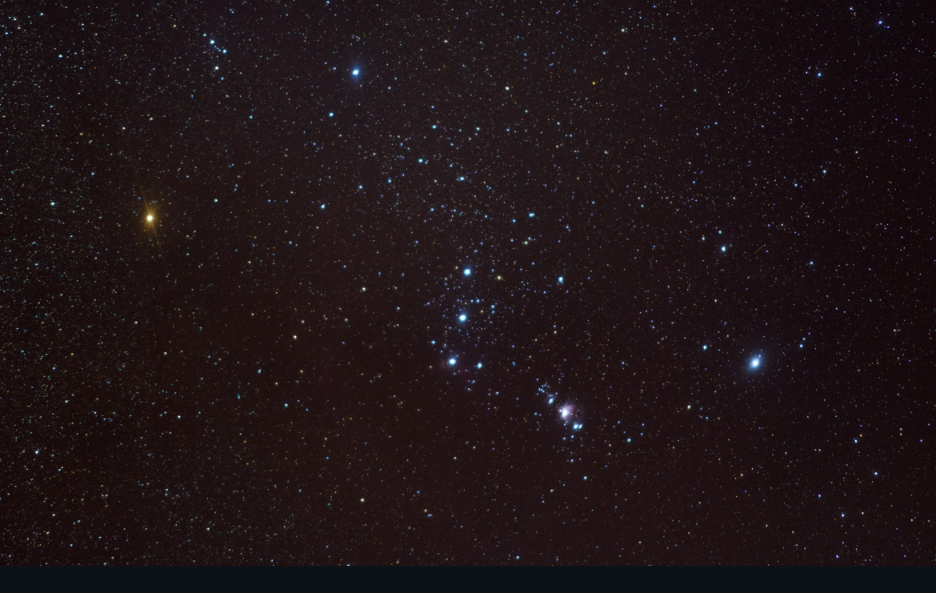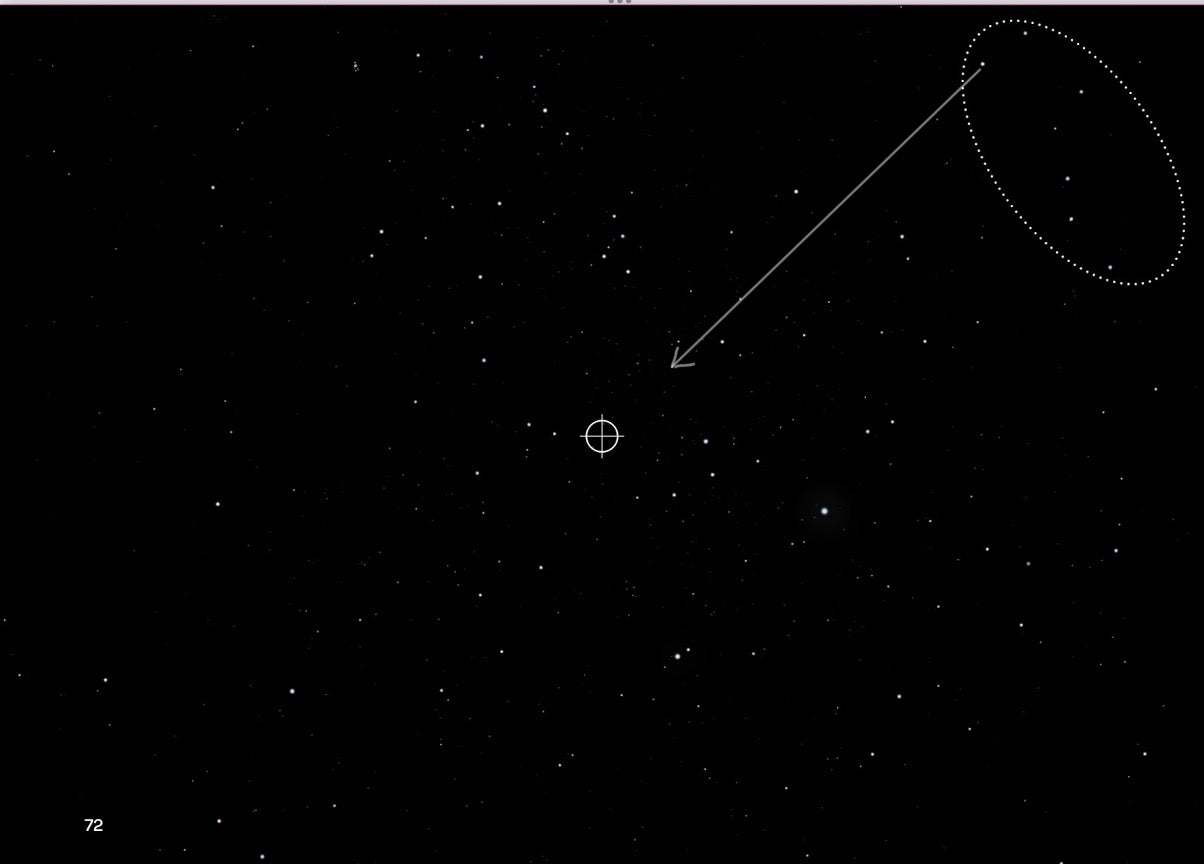Seven things you should know about the constellation Orion


The night sky is a tapestry of celestial wonders, and among them, the constellation Orion stands out as one of the most recognized and fascinating. Let's delve into some fun and interesting facts about this famous character of the night:
Orion’s belt may be the most easily identified feature in the sky. It’s one of the few places where three stars appear close together in a line. These stars—Alnitak, Alnilam, and Mintaka—are massive, hot, blue supergiants that shine very brightly in the night sky.

Orion is often referred to as "The Hunter," a name derived from Greek mythology. According to legend, Orion was a giant huntsman whom Zeus placed among the stars as the constellation we see today. If you step through Sequence One of Stikky Night Skies, you’ll learn how to find Orion’s belt and then pick out his body, his shield, and his club.
Orion hosts some of the biggest and brightest stars in the night sky. In the right armpit of Orion, you’ll find Betelgeuse, a red supergiant, famously known for its size and distinct red color. Another star, Rigel, sits at Orion’s left foot and is a blue-white supergiant that's among the most luminous in our galaxy.
A nebula is a vast cloud of gas and dust. The Orion Nebula, just below his belt, is often depicted as Orion’s sword. It’s one of the brightest nebulae in the night sky and is visible to the naked eye. It’s also a nursery where new stars are born, offering a glimpse into the early stages of star formation.
For centuries, Orion has been a guide for travelers and navigators. The three bright stars that make up Orion’s belt run in a line roughly east to west, and the sword that hangs from the belt points towards the south.
One of the remarkable aspects of Orion is its visibility from almost everywhere on Earth. It can be seen in both the Northern and Southern Hemispheres, making it a universal landmark in the night sky.
Orion holds a special place in many cultures around the world. It has been interpreted in various ways by different civilizations: Ancient Egyptians thought the stars in the belt were the resting place of the soul of Osiris; the ancient Chinese saw Orion’s belt as the three gods of fortune, prosperity, and longevity; the ancient Indians viewed the figure as a king who had been shot by an arrow.
Orion, with its brilliant stars, fascinating nebulae, and rich mythological history, is more than just a constellation. It's a window into the universe, offering both awe-inspiring views and invaluable insights into the cosmos. So next time you gaze up at the night sky, take a moment to appreciate the wonders of Orion, The Hunter.
Related Posts
View all posts
Polaris, also known as the North Star or the Pole Star, is very close to, though not exactly on, the...

The night sky is a tapestry of celestial wonders, and among them, the constellation Orion stands out as one of...